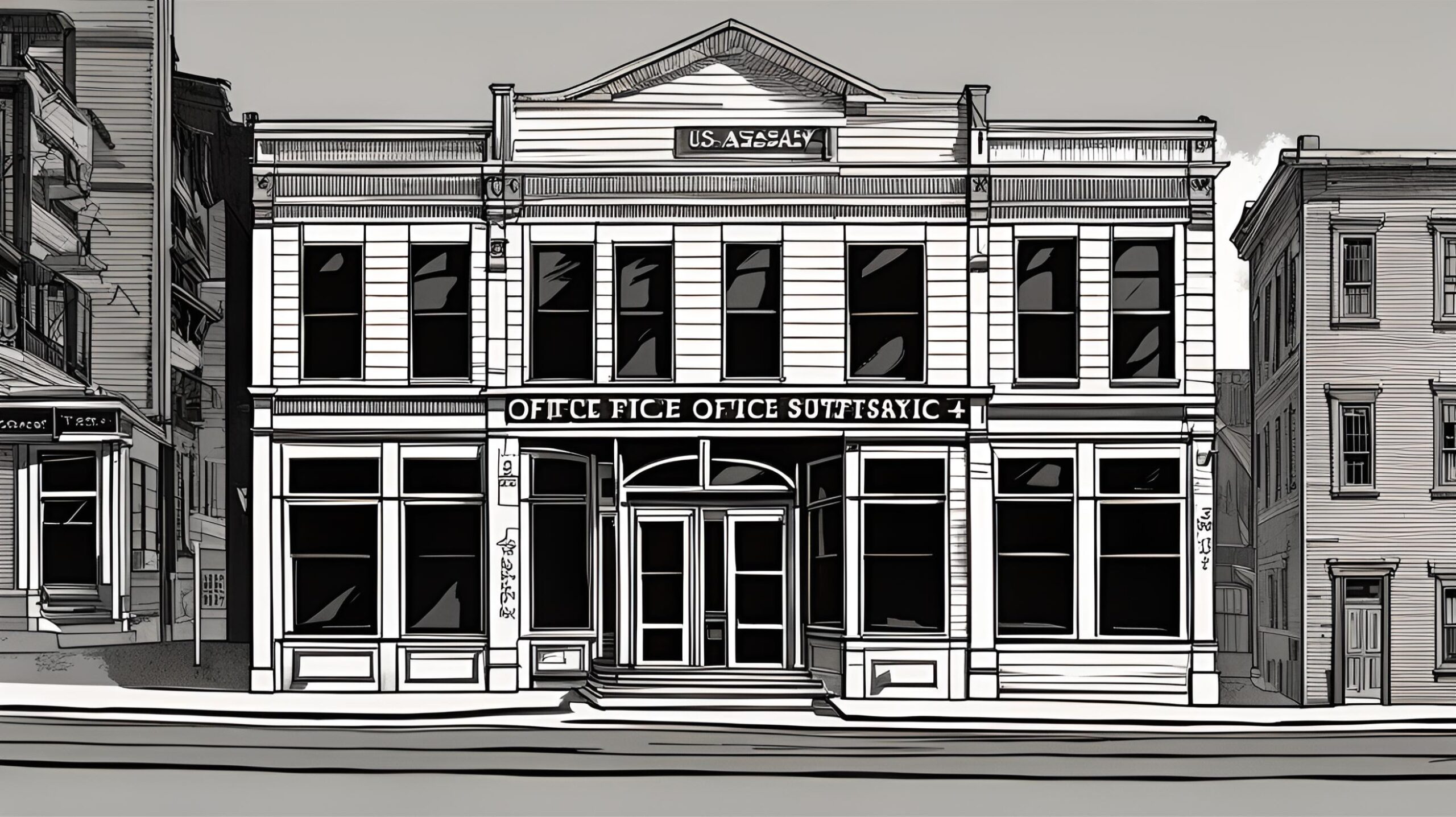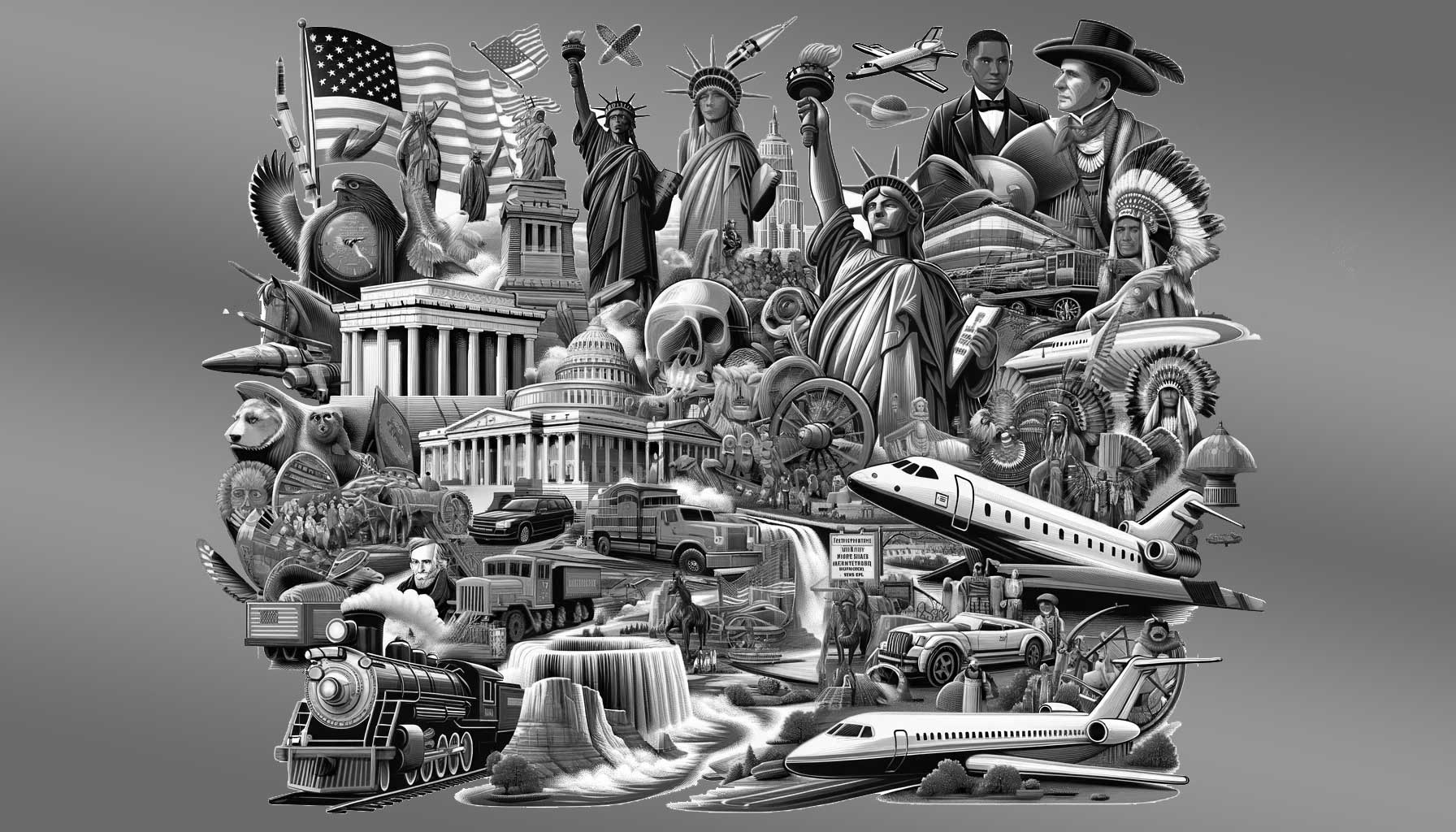Flashback to June 30
American History

The “Cash for Clunkers” program, one of the most recognized auto-trade-in incentive operations in US history, effectively concluded on the 24th of August, 2009. This innovative program promoted the exchange of fuel-inefficient vehicles with new, more environmentally-friendly alternatives, digitally greening America’s roadways while boosting the national economy through automotive industry investments.
Thanks to the program’s successful implementation, a generous $2.9 billion was spent by the US government in the form of rebates, kick-starting the replacement of around 690,000 low-efficiency vehicles. The most popular trade-in during this revolutionary month-long program was the four-wheel-drive Ford Explorer, a testament to the US motorists’ readiness to replace their less fuel-efficient vehicles with more eco-sustainable car options.
It’s important to acknowledge the significant role the “Cash for Clunkers” initiative played in stimulating the country’s economy, which faced economic rough waters in 2009. Following the Great Recession, the program provided an effective stimulus measure to the American auto industry, encouraging consumers to return to car showrooms and revive the dormant auto sector.
But this program was more than just an economic push. At its core, the “Cash for Clunkers” program was a green initiative aimed at reducing the carbon footprint of domestic road traffic, quite an inflection point in the green energy movement within the US auto industry. The public reaction to this program evidenced the American people’s willingness to prioritize environmental considerations when purchasing a vehicle.
A clear example of this eco-centric purchasing preference was the remarkably high demand for the Toyota Corolla, solidifying its position as the top new purchase during the program’s run. This choice exemplified the shift towards smaller, more fuel-efficient vehicles; a notable step away from the popular, heavier vehicles that dominated the roads in the previous decade, represented by the top trade-in, the four-wheel-drive Ford Explorer.
The success of the “Cash for Clunkers” initiative has laid the groundwork for encouraging automobile owners across the US to consider the environmental consequences of their vehicle choices actively. Even those who didn’t participate in the program back in 2009 have seen the collective environmental and economic impact it has had and continue to make informed, eco-conscious decisions when buying their next automobile.
However, the program didn’t come without its fair share of criticism. Some economists saw it as a temporary band-aid, expediating otherwise future car purchases rather than injecting new life into the auto industry. Likewise, some environmentalists were skeptical about the actual impact on carbon emissions, posing questions on the ecological footprint of manufacturing new cars versus operating existing less fuel-efficient vehicles.
Despite these criticisms, the “Cash for Clunkers” program signaled a vital shift in both consumer behavior and government policies. It emphasized the need for creating more sustainable alternatives in the auto industry and demonstrated that consumers are largely responsive to such options.
We strive for accuracy. If you see something that doesn't look right, click here to contact us!
Sponsored Content

US Assay Office in…
On June 30, 1927,…

US President Harry Truman…
On June 30, 1950,…

Battle of Fort Recovery,…
The Battle of Fort…

US Assay Offices in…
On June 30, 1933,…

US Federal Equal Rights…
On June 30, 1982,…

